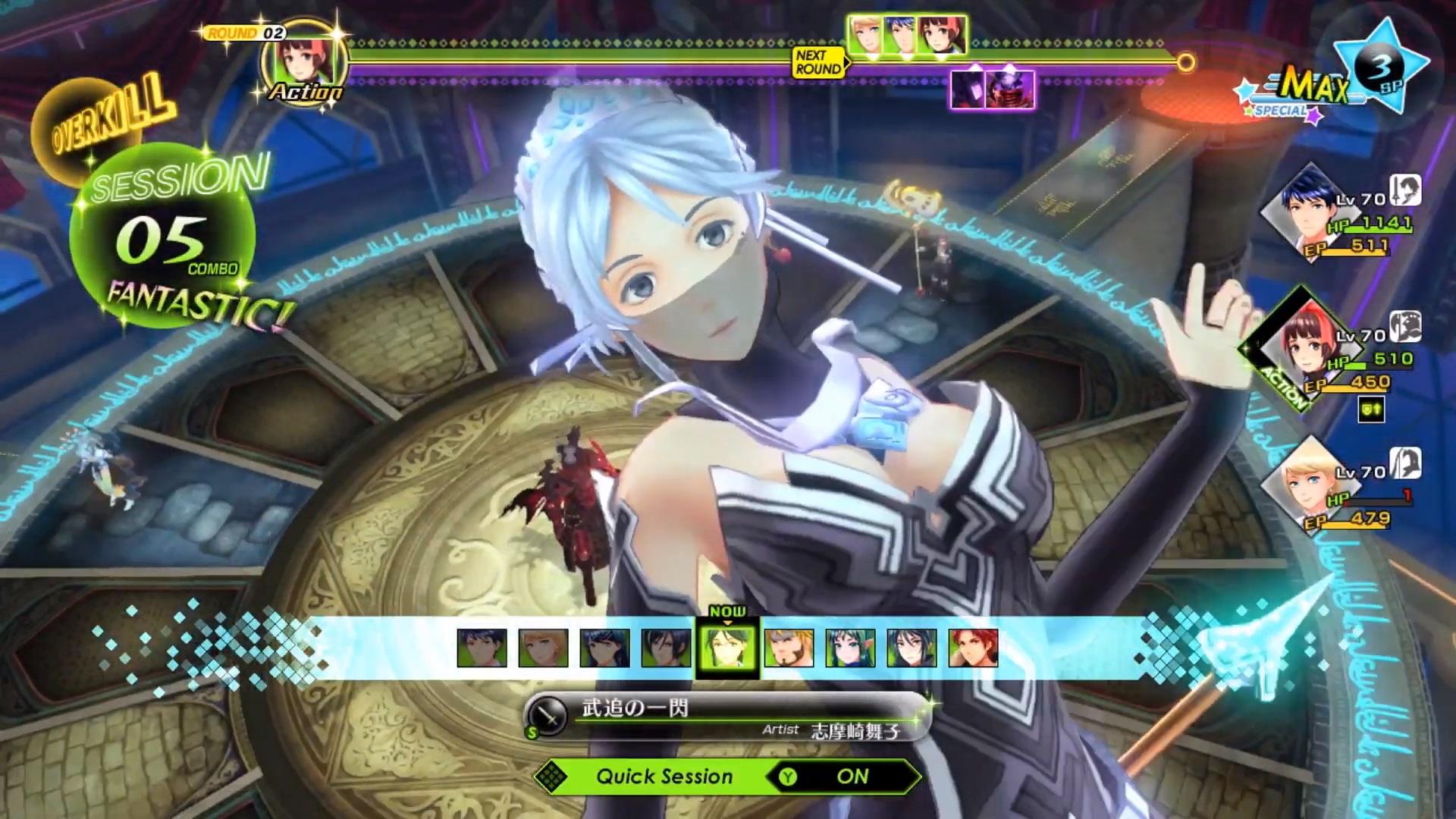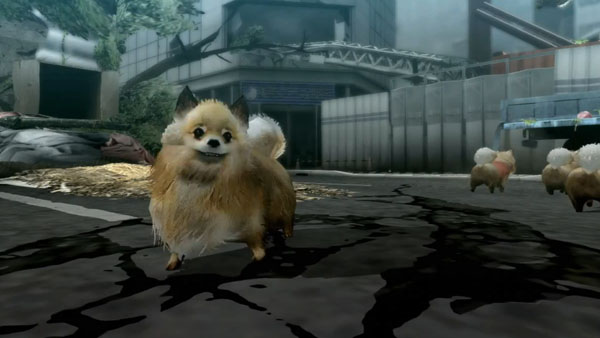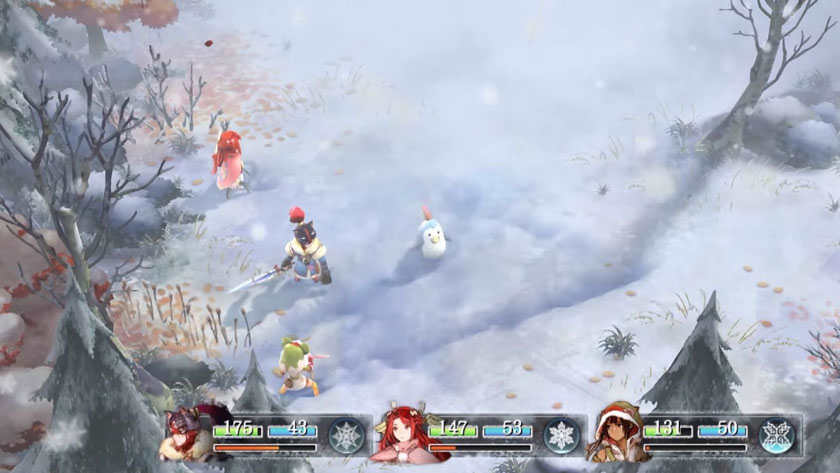
Tokyo Mirage Sessions ♯FE was released on the Wii U in 2016 (or 2015 for Japan). While the game proved popular amongst critics and gamers alike, due to it being released towards the end of the Wii U’s life cycle many fans simply missed out. The game has now become the latest Nintendo title to get ported to the Nintendo Switch, giving it a second lease on life and a well-deserved encore.
Tokyo Mirage Sessions ♯FE is set in modern-day Tokyo and follows the exploits of teenagers and upcoming idols Itsuki, Tsubasa and Touma. In the game’s world, everyone has energy known as Performa which enables them to pursue their dreams. This energy is also sought-after by interdimensional beings known as Mirages who attack humans to harvest their Performa. Our heroes unwittingly discover they are Mirage Masters, humans who are able to bond and form alliances with friendly Mirages, and set out to protect their world.
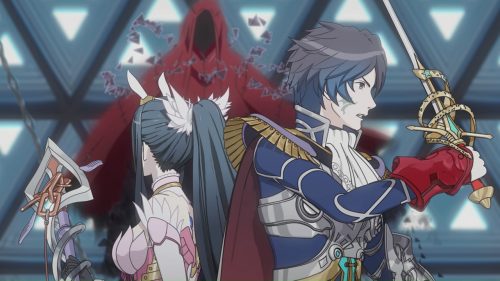
Besides the Mirage threat, we also witness our heroes transform from nobodies into stars. Tsubasa wishes to become a famous pop star idol, while Touma is pursuing an acting career. Throughout your journey, you will meet other characters who have similar ambitions and wish to further their careers in the entertainment industry. It’s definitely a weird premise, yet somehow it all merges well and you will genuinely care about the characters. You will particularly be fond of the story if you have an interest in Japanese culture.
Tokyo Mirage Sessions ♯FE is a crossover between Atlus’s Shin Megami Tensei and Nintendo’s Fire Emblem franchises. In addition to gameplay mechanics, the game features characters from both series. The story is largely self-contained, however, so you will not need any experience with either franchise to enjoy the title. If you are familiar with either series, then you will benefit from the sheer enjoyment of seeing how the characters have been interpreted.
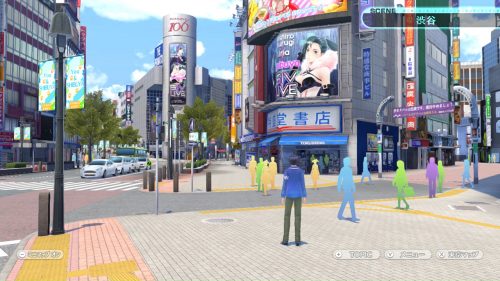
The game is part exploration and part dungeon crawler. In the real world, players can explore certain areas of Tokyo; going shopping for items to use in battle, purchasing drinks from vending machines, completing side quests and attending the occasional J-Pop concert. Dungeons are located in the fictional Idolasphere dimension, which is where those nasty Mirages roam. It’s here players must battle enemies and solve light puzzles. An early dungeon features mannequins that players climb to reach higher floors; the catch is you must locate switches to change their position. Another dungeon sees you avoid cameras because if you are spotted you will be sent straight back to a checkpoint. The mannequin puzzle, in particular, is annoying as a unskippable cutscene plays every time the mannequins change position. As you do this frequently, you get tired of seeing the same animation play over and over again! Thankfully this is more the exception rather than the rule, as each dungeon gets progressively more interesting and challenging as you make your way through the campaign.
Throughout the dungeons, enemies will randomly appear and upon approaching them a turned-based battle will commence. You have the option of dealing regular attacks or using special Command Skills. Enemies will be weak against certain weapons including swords, darts, spears and magic, as well as elemental affinities such as ice, poison, light and fire. If you attack an enemy that has a weakness against your weapon, you may be able to trigger a Session Attack with other party members. These are combination moves where two or more party members will attack the same enemy. It’s incredibly satisfying watching your team support each other and lay absolute waste to the enemy. It quickly becomes routine to find the attack that will generate the best Session Attack combo. In addition to attack moves, you can also cast spells which heal team members or boost offence/defence stats, so there’s quite a bit of strategy at play in the battle system.
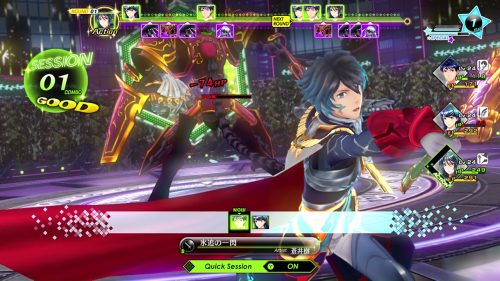
You unlock new Command Skills by gaining proficiency in each party member’s weapon. Once a weapon has been fully mastered, you can go to a place known as the Bloom Palace to initiate a Carnage Unity. This lets you use Performa collected from defeated Mirages to unlock new weapons and further enhances the skills of each party member. There’s also Radiant Unity which grants passive effects, such as increasing the health or general attack power of individual characters. It does feel limiting that you’re restricted to the Boom Palace to unlock these changes, particularly if you’re in the middle of a dungeon and some of your party members are ready to start mastering their next weapon.
Another quality of life issue is there’s a lot of unnecessary backtracking, particularly when completing side quests. During the campaign characters usually interact via text messages, but when side quests are concerned you have to physically go to a character’s location to receive the mission brief. Then you’ll be asked to go to a location of interest, go back and report to said character, be sent elsewhere and then once again go back to the character to collect your reward. It just feels sloppy, repetitive and detracts from the overall experience.
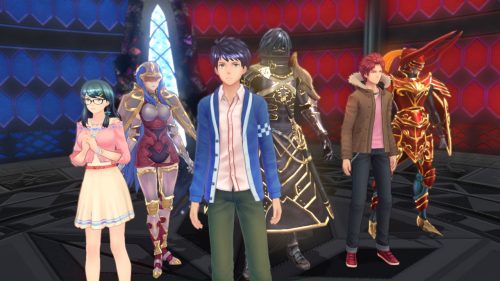
Tokyo Mirage Sessions ♯FE Encore is not a straight out port of the Wii U version. The game benefits from faster loading times and there’s an option to turn off the animations for Session attacks. All DLC that was released for the Wii U is included on the Nintendo Switch version, including all costumes (as well as some new ones) and the training grounds EXPedition Hunter, Masterful Hunter and Savage Hunter. The training grounds, in particular, are useful for those who want to buff up their party before tackling dungeons. There is also a new EX Story mode which includes a brand new dungeon called the Area of Aspiration. It provides some new backstories for the characters, but it’s relatively short and doesn’t add much to the existing package. Last but not least, NPCs Barry, Maiko, and Tiki are able to join in Session attacks, creating a longer and more satisfying chain. There probably isn’t enough on offer to warrant a double-dip if you already played the Wii U version, but newcomers can rest assured that this is the definitive edition.
Tokyo Mirage Sessions ♯FE Encore features cel shaded visuals which give the game an anime-like quality. There are plenty of original Japanese Pop tunes played throughout the game, as well as catchy, upbeat techno tunes while battling enemies. The game is entirely dubbed in Japanese, which may put off some players.
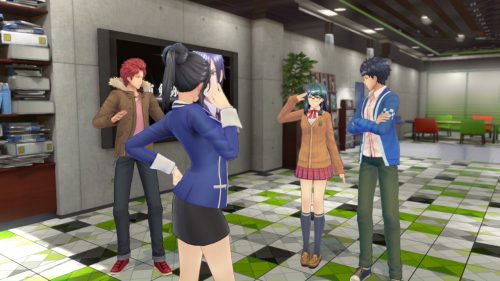
Tokyo Mirage Sessions ♯FE Encore is a quality port for the Nintendo Switch, featuring minor tweaks and additional content to an already solid JRPG. There are some minor quality of life issues that detract from the overall experience and the new content, arguably, isn’t worth double dipping for if you played the Wii U original. If you’re interested in the genre though, the game is definitely worth checking out.
- Session attacks are satisfying - Solid battle system - Quirky, Japanese culture inspired story
- Quality of life issues - Not a lot of new content over the Wii U version - No English dub

